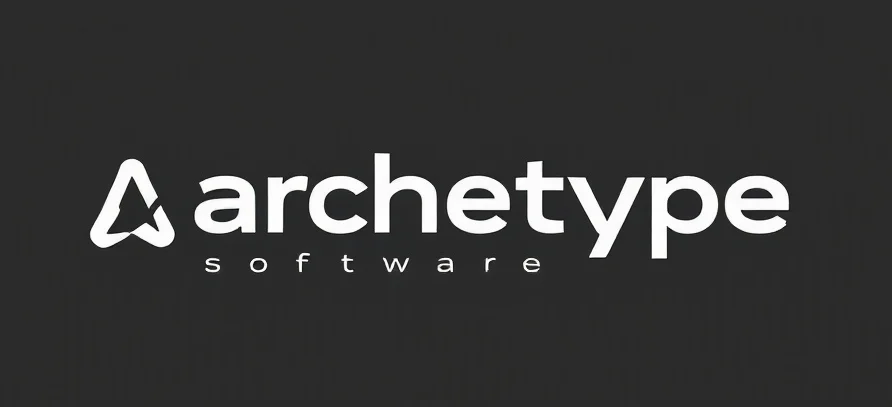Unveiling the Future of Dental Care: The Power of Dental Scans
Imagine stepping into a future where visiting the dentist isn’t just about a quick check-up or that nerve-wracking drill noise. Instead, it becomes an immersive journey into your own health, powered by cutting-edge technology that sees beyond what the naked eye can perceive. That future is already here, thanks to the incredible advancements in dental scans. These sophisticated imaging tools are transforming dental care from reactive treatments to proactive health management, much like how sci-fi stories envision technology revolutionizing everyday life.
The Evolution of Dental Imaging: From X-Rays to 3D Precision
Tradition Meets Innovation
Picture the early days of dental imaging—X-rays, a simple yet revolutionary tool that allowed dentists to peek beneath the surface of your teeth and gums. They revealed cavities hiding in the shadows, impacted wisdom teeth lurking beneath the gums, and bone loss indicators that signaled deeper issues. But even these early tools had limitations: exposure to radiation, two-dimensional images lacking depth, and the constant need for physical impressions. Now, fast forward to today. Modern dental scans, including cone beam computed tomography (CBCT) and digital impressions, have transformed the landscape. These scans produce highly detailed 3D images, allowing dentists to visualize your entire oral anatomy with incredible clarity. It’s as if they’ve gained a sci-fi level of X-ray vision—seeing beyond the surface to understand the complex universe inside your mouth.Why Dental Scans Are a Game-Changer
Precision and Safety in Diagnosis
Think of dental scans as the equivalent of a spaceship’s sensors scanning a distant planet—gathering detailed intel that guides precise decision-making. This technology enables your dentist to detect issues at their earliest stages, often before you even notice symptoms. Whether it’s tiny cracks in the enamel, early signs of gum disease, or the precise location of root canals, these scans provide a comprehensive map of your oral health. Moreover, unlike traditional X-rays, many modern scans minimize radiation exposure, making them safer for routine use. This safety factor encourages more proactive check-ups, catching problems early before they escalate into painful, costly repairs.Enhancing Treatment Planning
Now, imagine planning a complex space mission—every detail meticulously mapped out to avoid surprises. That’s exactly what dental scans do for your treatment plan. They give your dentist a 3D blueprint to design precise, minimally invasive procedures, whether it’s placing dental implants, extracting impacted teeth, or correcting misalignments with orthodontics. For example, when placing dental implants, knowing the exact density and position of your jawbone can make all the difference. It’s like having a detailed blueprint for a building—ensuring everything fits perfectly and reducing the risk of complications.The Science Behind the Scans: How Do They Work?
From Light to Data
Unlike traditional X-rays that use radiation, many dental scans employ specialized light or laser technology to capture detailed images. CBCT machines, for example, rotate around your head, capturing multiple images from different angles. These images are then compiled into a comprehensive 3D model using advanced software. This process is quick, often taking less than a minute, and provides an incredibly detailed view of your teeth, bones, nerves, and soft tissues. It’s akin to a sci-fi scanner that creates a holographic map of your internal structures—accessible instantly to your dental team for analysis.Data Analysis and Future Insights
Once the scans are captured, software algorithms analyze the data, highlighting potential problem areas and providing insights that guide treatment. As AI and machine learning continue to evolve, future dental scans may even predict potential issues before they develop, transforming dentistry into a truly preventive science—almost like having your own personal health oracle embedded in your smile.The Human Touch in a High-Tech World
While the technology is impressive, it’s important to remember that behind every scan is a dedicated professional interpreting the data and guiding your care. These advancements augment the dentist’s expertise, making treatments safer, faster, and more effective. It’s a partnership of human knowledge and technological innovation—much like how a starship’s crew relies on both advanced AI and seasoned officers to navigate uncharted territories.Conclusion: Embracing the Future of Dental Health
The era of simple X-rays is giving way to a new frontier—where detailed, safe, and quick dental scans open up possibilities for better oral health outcomes. Whether it’s detecting hidden cavities, planning complex implants, or simply monitoring your ongoing health, these scans are the key to a smarter, more personalized approach to dentistry. So, next time you hear about dental scans, think of it as stepping into a sci-fi universe where technology and human expertise unite to keep your smile healthy and bright. The future is here, and it’s scanning your way to a better tomorrow.Checkout ProductScope AI’s Studio (and get 200 free studio credits)
